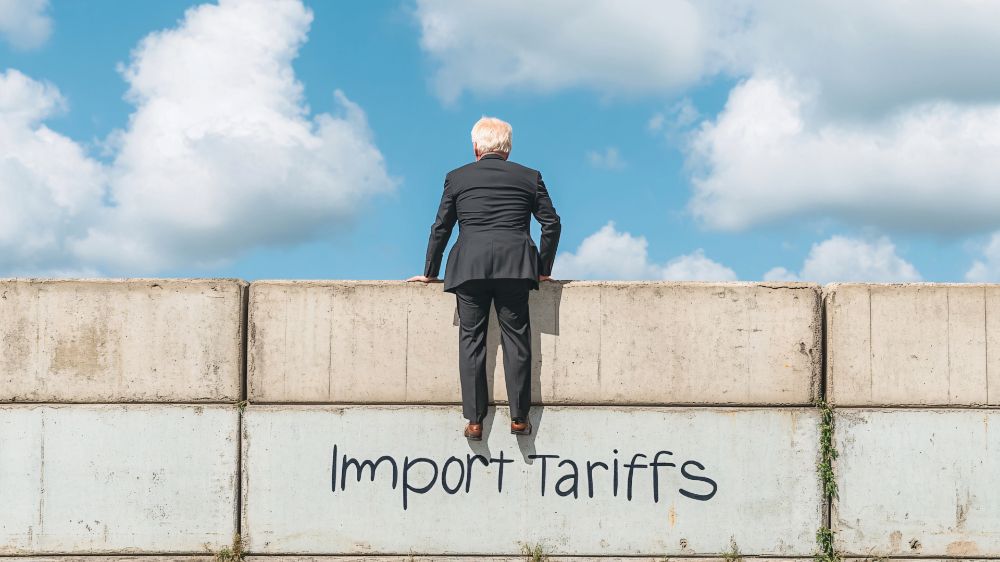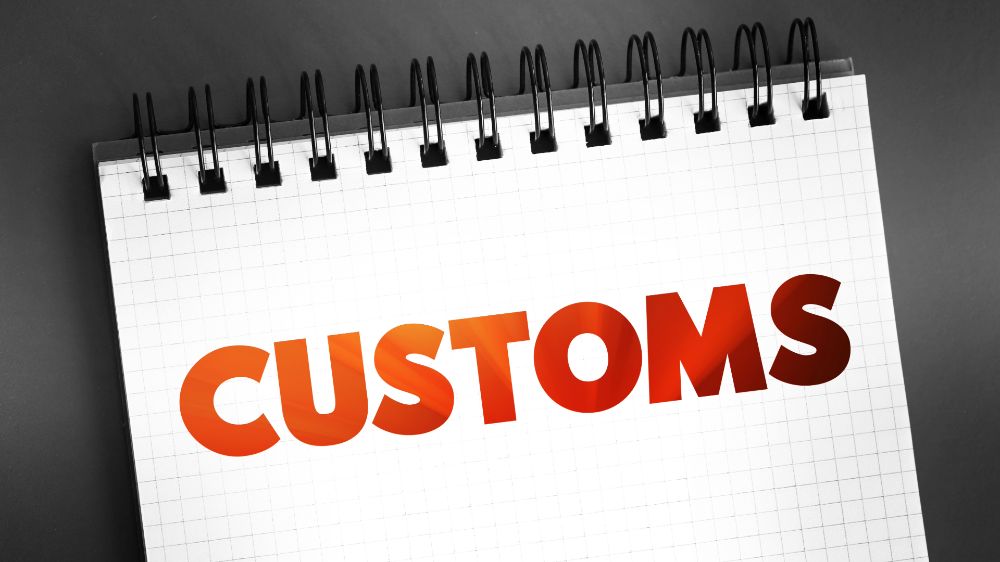What Are Tariffs?

If you’ve ever heard the term tariff and wondered what it means, don’t worry—you’re not alone. Tariffs are a concept that might sound complicated, but they’re pretty easy to understand when broken down. Let’s dive into what tariffs are, why they exist, and how they impact people and businesses.
Why Do Tariffs Exist?
Governments use tariffs for several reasons, and here are the most common ones:
- To Protect Local Businesses (Protectionism):
Tariffs can make imported goods more expensive, encouraging people to buy products made in their own country. For example, if shoes from another country are more expensive because of tariffs, you might choose to buy locally made shoes instead. This helps support local manufacturers and workers. - To Raise Money for the Government (Revenue):
Tariffs bring money into the government’s treasury. This revenue can be used to fund public services like schools, hospitals, and infrastructure. - To Level the Playing Field (Fair Competition):
Sometimes, goods from other countries are cheaper because those countries have lower labor costs or fewer regulations. A tariff can help balance this out, making it fairer for local businesses to compete. - As a Political Tool:
Governments sometimes use tariffs to put pressure on other countries during negotiations. For example, a country might raise tariffs on goods from another country to encourage them to agree to a trade deal.
Types of Tariffs
Tariffs come in different forms, but here are the two main types:
- Import Tariffs:
These are the most common and are charged on goods coming into a country. For example, if a country imports steel, the government might charge an import tariff to make the steel more expensive. - Export Tariffs:
These are less common and are charged on goods leaving a country. They might be used if a government wants to keep certain goods (like rare resources) within the country.
How Do Tariffs Affect You?
Tariffs can have a direct or indirect impact on people and businesses. Here’s how:
- Higher Prices for Consumers:
If you buy imported products, tariffs can make them more expensive. For example, if your favorite electronics brand imports its products, you might end up paying more because of the tariff. - Changes in Choices:
Because tariffs make imported goods more expensive, you might decide to buy local products instead. This can be good for local businesses but might limit your choices. - Impact on Businesses:
For businesses that rely on imported materials or sell products overseas, tariffs can change their costs. They might pass those costs on to consumers or look for alternatives.
Real-Life Example of Tariffs
Let’s say Country A produces cars, and Country B also produces cars. Country A wants its citizens to buy more locally made cars, so it imposes a 20% tariff on cars imported from Country B. This means if a car from Country B costs $20,000, an extra $4,000 (20%) is added as a tariff, making the car cost $24,000. With the higher price, more people might choose to buy cars made in Country A instead.
Pros and Cons of Tariffs
Like most policies, tariffs have both benefits and downsides:
Pros:
- Protect local industries and jobs.
- Help new or struggling businesses grow.
- Generate government revenue.
Cons:
- Can make goods more expensive for consumers.
- May lead to trade wars (when countries impose tariffs on each other).
- Could hurt businesses that rely on imported materials.
Tariffs are taxes on goods that cross borders, designed to protect local industries, generate revenue, or influence trade relationships. While they can support local businesses and create jobs, they might also increase prices for consumers and limit choices. Understanding tariffs helps us see how global trade works and how government policies impact our everyday lives.
Conclusion
PDF of The 67 American Products to Boycott If Tariffs Against Canada Are Implemented
How to Boycott 67 US Products to Combat Tariffs Against Canada
How To Replace 67 American Products You Use With Canadian Products

